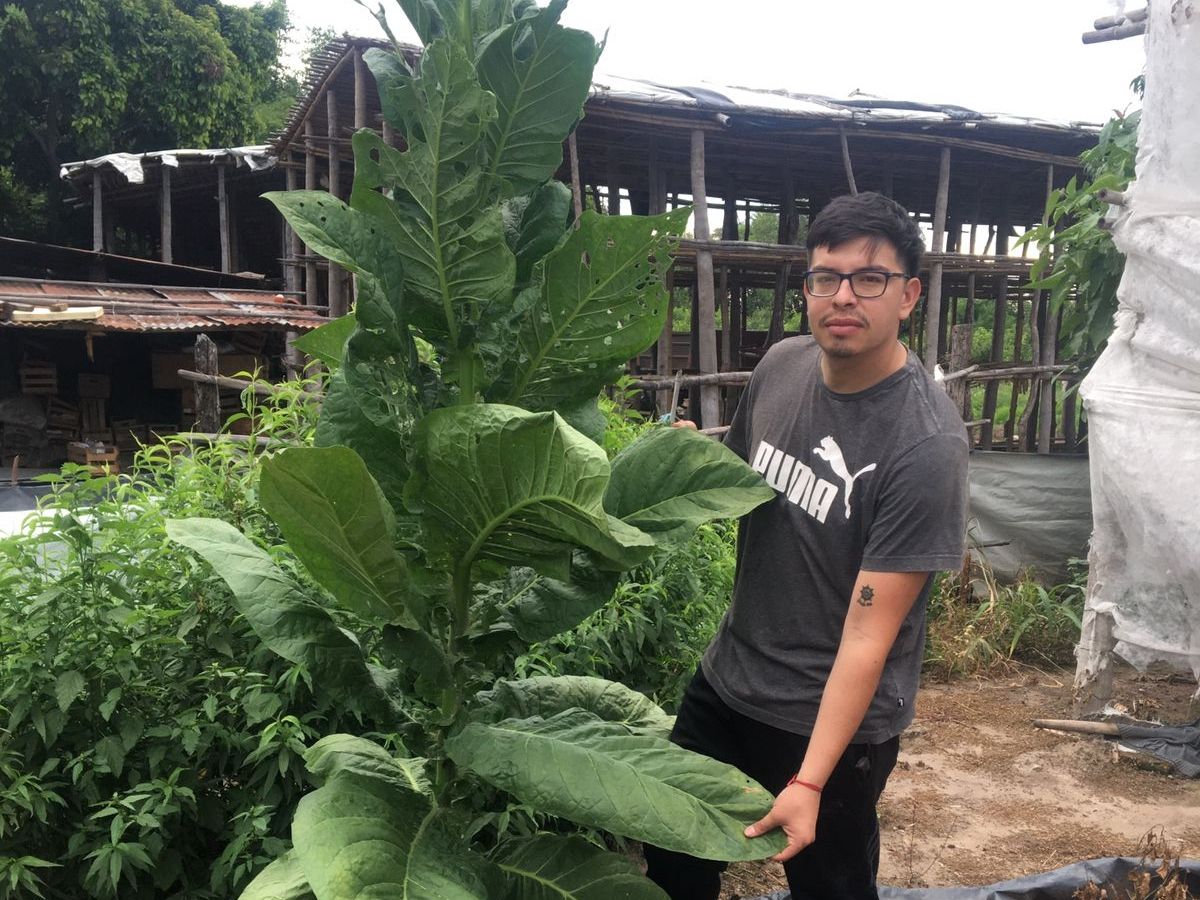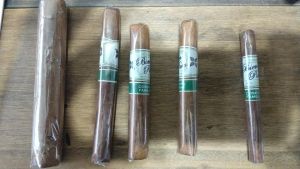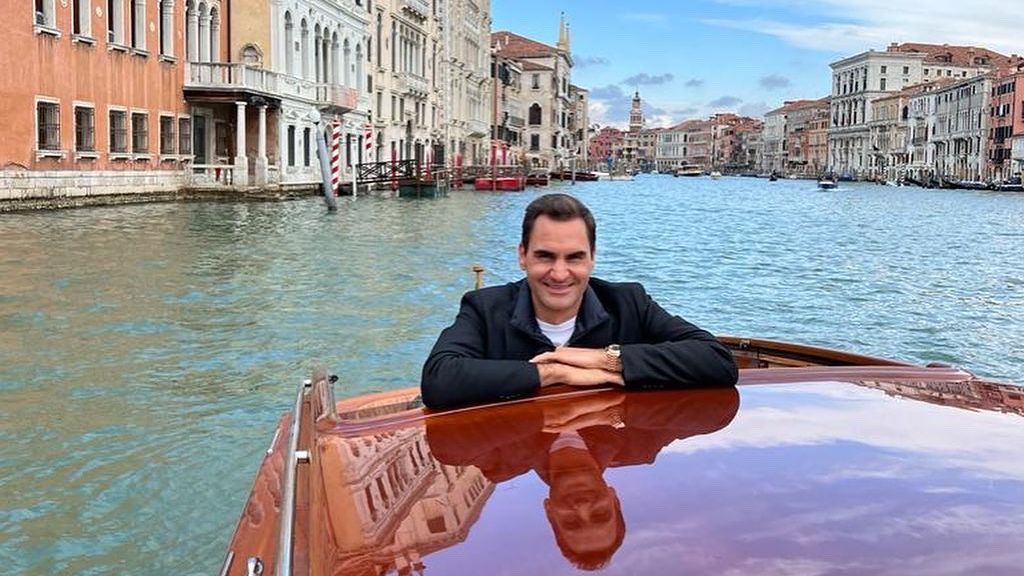The first thing he says is that the idea of making cigars was always present, since his family has been working in the fields producing tobacco for at least 50 years: his grandfather Marcelo and his father Sergio were dedicated to this crop (among others) a lot, but long before it occurred to him that making cigars of Tucuman origin was a viable idea.
On the farm located in the south of the province of Tucumán, in a place called Campo Bello, Andres Romano and family they produce their own tobacco: “We are implementing and testing varieties from Central America, seeing and analyzing how they behave for making cigars,” explains the entrepreneur. “The variety that we use the most is Burley, of course with a very different handling than the one that tobacco producers usually carry out for delivery to tobacco companies; handling for cigars carries other demands in tobacco”.
These differences have to do with fertilization and harvesting, which must be done very carefully and per leaf as the plants mature; in some cases up to 5 harvests are made.
Fertilization is very controlled because if too many fertilizers are added, the tobacco can have very unpleasant flavors produced by the same fertilizer: “The fertilization we carry out is very controlled, soil analyzes are carried out and a fair evaluation of the what fertilizers do you need so as not to put too much on it, after that the fertilization is stopped at least 40 days before harvesting it, and 10 days before harvesting a root wash is done so that the tobacco eliminates everything that may have left the fertilizer ”.
Another difference is that when the drying stage passes, it is taken to a curing treatment where it is “stacked”, that is, packages of around 700 kilos are created where the tobacco increases temperature and in this way it is freed of all the impurities and toxins that you may have. In this way it also improves the aroma, flavor and color.
As for the assembly of a cigar, it is done entirely by hand. The leaves of the filler (it is the filling, the tobacco that goes inside the cigar), the binder (the leaf that surrounds the filler) and the wrapper (the most beautiful leaf with which the cigar is lined at the end) are selected.
“At the moment of assembling it, a binder sheet is chosen, then we take the amount of filler to be used depending on the vitola we want to make, we roll the filler with the binder and send it to the press for 20 minutes on each side until the cigar takes on a uniform cylindrage, then we put the wrapper on it, which is the prettiest and most elastic sheet for finishing, we cut to size and it’s ready”.
Production is currently approximately 4 to 5,000 cigars per month, for which they have around 2 hectares in production, while they are testing other varieties to see how they respond.
As for vitolas (denomination that the cigar receives, taking into account some characteristics such as length and thickness, which is called “ring”), to date there are 8 to choose from: Purito, Panatela, Petit Corona, Corona, Bulldog, Robusto , Churchill and Super Robust. The most popular vitolas are Corona, Robusto and Churchill.
The Purito vitola is the smallest: it is 10 centimeters long and has a ring gauge of 10 millimeters. Then follows Bulldog, 10 cm long and 18 mm ring gauge; Panatela 12 cm x 10 mm; 14cm x 15mm Crown, 12cm x 18mm Sturdy; Churchill of 15 cm x 18 mm and finally the largest of all: the Super Robusto, of 15 cm x 25 mm.
“Parking is the most wonderful thing in the world of cigars. That is when they begin to round off their flavors and mix aromas and flavor notes with the cedar, as if they were made for each other; the longer they remain in cedar barrels with controlled humidity, the richer they will get”, says Andrés with delight.
“We have clients from all over the country with a greater number in Córdoba, Corrientes and Buenos Aires,” he describes. “Thank God the comments are very good, our clients are very satisfied and believe that we are the best in the country, that is why they continue to choose us.”
Andrés points out that, first of all, to light a cigar you need patience. The first thing to do is to start turning it on without cutting it: you have to turn it on and shake so that pressure is created on the head. Once it is almost on, just then the head is opened (it is cut) and it is shaken again so that the bad combustion and some gases are released, after that it is heated again and beeps until it is completely on.
“The first thing to observe in a cigar is its finish, to see in detail how beautiful it is”, details the specialist. “Then it is time to smell the tobacco and although for those who do it for the first time it is difficult to explain, each time they smoke more and more they will better recognize a good cigar through its aroma”.
“Smoking a cigar has become almost a ritual of great enjoyment for many people: light it, cut off the head, choose the drink with which it is going to be paired and then perceive its flavours, its notes, its aromas”, describes Andrés. “Personally, I like to combine it with wine or coffee, depending on the time and day, but the pairing is infinite.”
–



